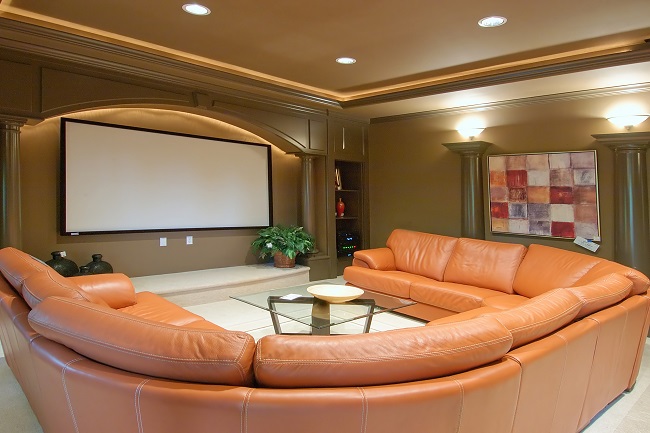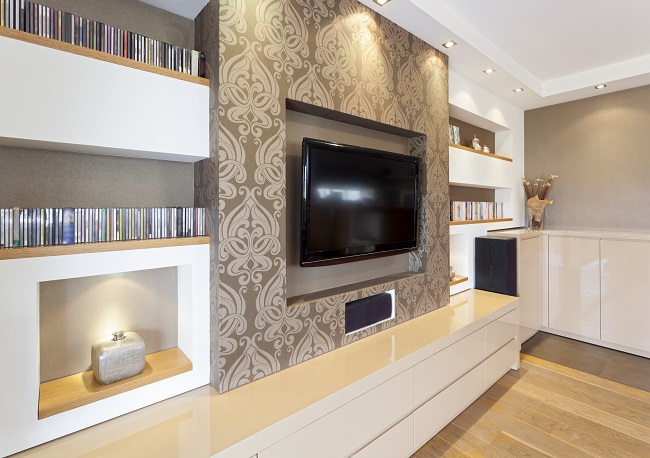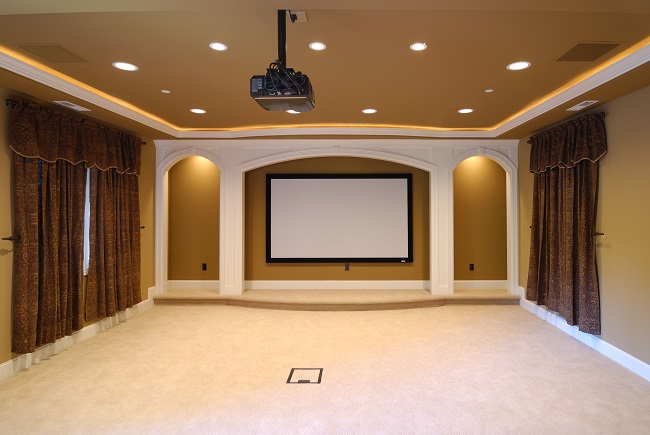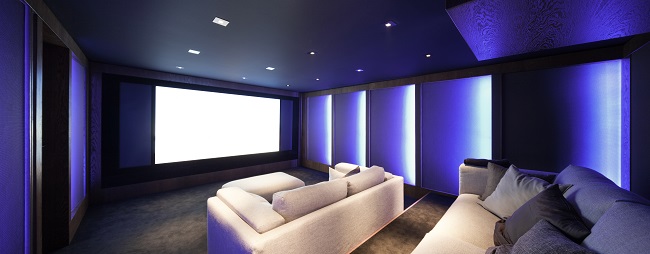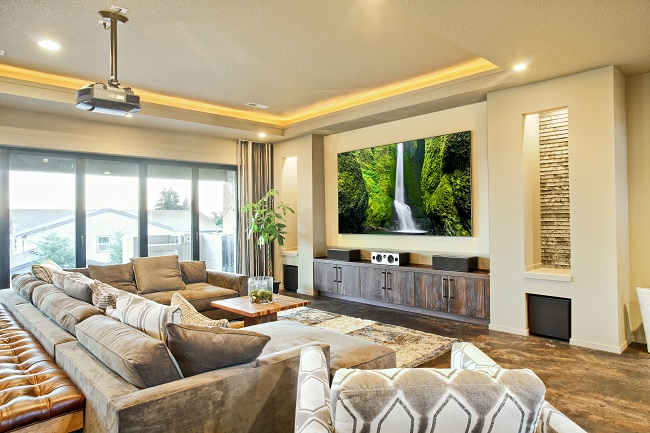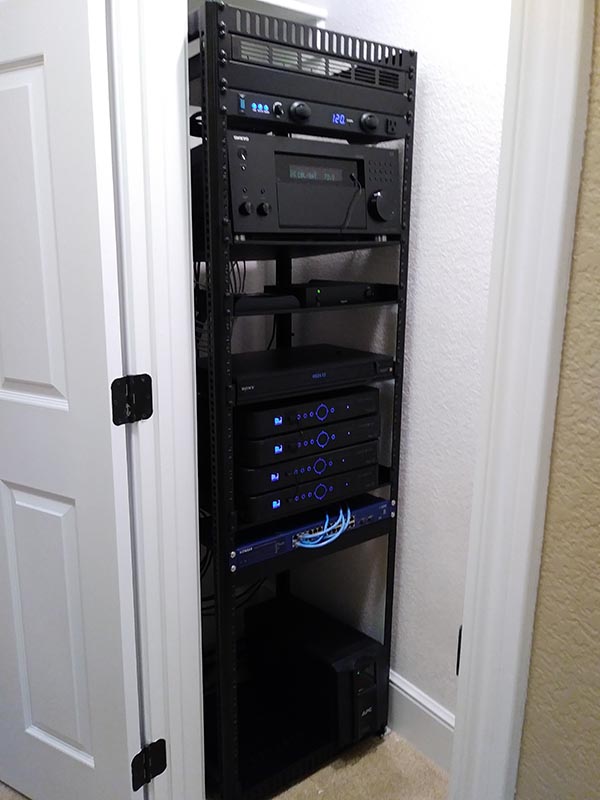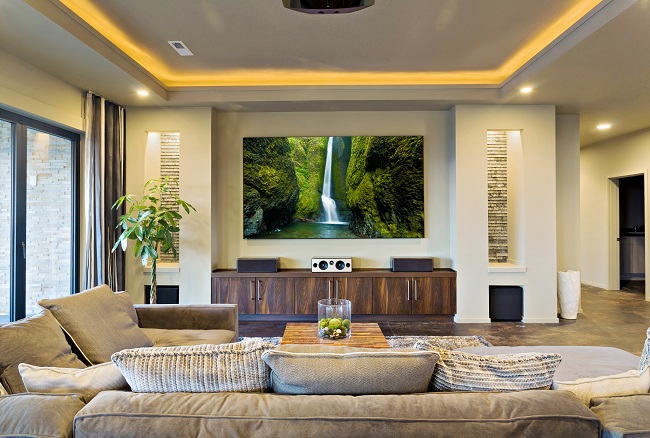Knowing how home improvements change your home’s value is important. Unless it’s a family property that’s fully owned, chances are you will eventually sell your home to move to a new location or get a bigger house. Whether you have a home theater already or you are in the middle of making a pro-con list, taking the future profitability into consideration is a great choice. Here’s how any home theater can factor into the future sale:
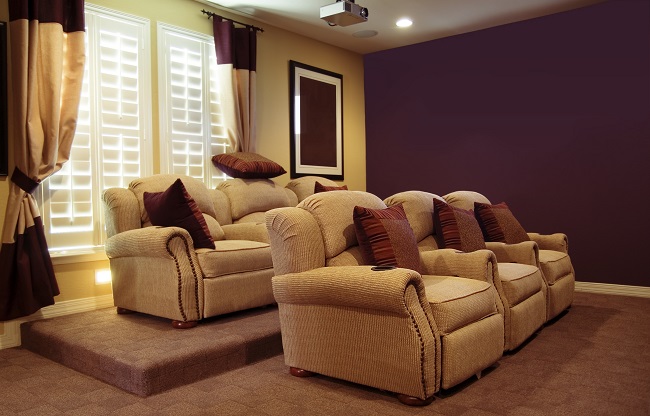
Are you making use of an unusable space?
A lot of home theaters are in basements. They’re also in rooms without any windows. These locations are great spaces for a home theater because they might not otherwise be attractive to prospective home buyers. In fact, turning basements from simple storage to space with a definite purpose, such as a rec room, a gym, or a wine cellar, draws in interested buyers. People also tend to buy homes with the improvements already in place so they don’t have to make the renovations themselves. A finished media room checks all the boxes.
Is it a smart theater that’s integrated into your home?
Most new home theaters don’t just have the hardware plugged into the walls. Instead, everything is integrated with a central smart home system. It allows for remote operation, media syncing, and house-wide integration. Smart homes also have other features such as more refined security and remote monitoring of the electrical sockets. If your home already has a smart system when it goes on the market, that’s valuable.
Can the home theater be easily modified?
Everyone has their own idea of what they want their home theater to look like. One person might want deep Cinemark-red walls. Another person might want fixed seating in elevated rows. No matter what style you want, you can get a lot of value out of it if you make it easy to personalize and rearrange.
Go to Audio Video Solutions to get the home theater that you want and that will retain its value for years to come.

